A ceasefire between Thailand and Cambodia held steady on Tuesday following a deadly five-day border conflict, with both nations’ military commanders meeting to solidify the truce. The clashes, which were the most intense in over a decade, resulted in at least 43 deaths and displaced over 300,000 people.
Leaders from both countries met in Malaysia on Monday, where they agreed to the ceasefire in a move widely seen as crucial to preventing further bloodshed. As a sign of hope, some displaced residents began returning to their homes near the border, although initial tensions lingered.
Military Dialogue, Global Mediation, and Enforcement Plans Strengthen Fragile Thailand-Cambodia Ceasefire Agreement
Despite Thailand’s accusation that Cambodia violated the truce early Tuesday, an allegation Cambodia firmly denied, military officials from both sides convened and reaffirmed their commitment to maintaining peace. Both armies agreed to halt troop movements, allow the recovery of the wounded and deceased, and form coordinating teams to address future issues.
Thailand’s army announced the capture of 18 Cambodian soldiers, although Cambodia has yet to comment officially on the detentions. A crucial meeting of the General Border Committee, set for August 4 in Cambodia, will further determine how the ceasefire will be monitored and enforced.
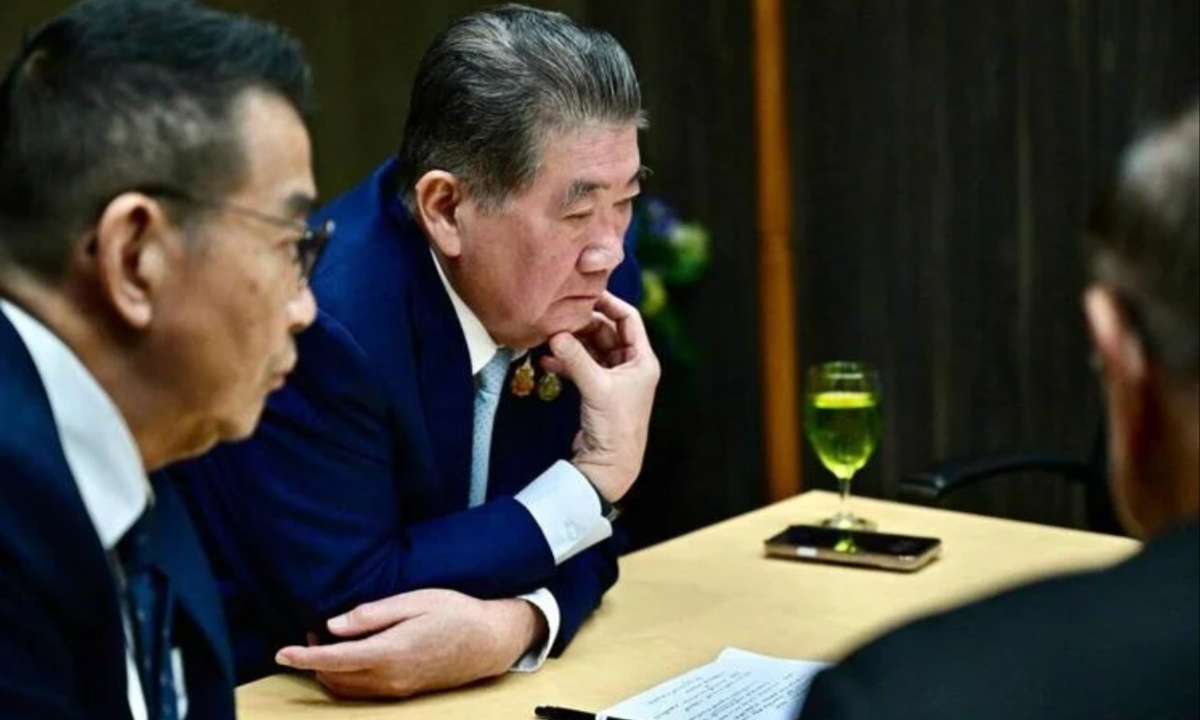
The ceasefire efforts have seen active involvement from neighboring and global powers. Malaysia’s Defense Chief visited both countries to help stabilize the agreement, and China pledged to maintain open communication with Thailand and Cambodia. Notably, the peace deal followed diplomatic pressure from U.S. President Donald Trump and Malaysian Prime Minister Anwar Ibrahim.
Trump emphasized that ongoing trade negotiations with both countries would be frozen if hostilities persisted. This rare instance of U.S.-China cooperation in Southeast Asia played a key role in pushing both nations to the negotiating table.
Economic Recovery Begins Amid Fragile Peace and Urgent Push for Trade Stability
Thailand’s government has begun assessing the economic impact of the conflict, estimating damage at over 10 billion baht (around $300 million). Finance Minister Pichai Chunhavajira announced a relief package worth at least 25 billion baht, including soft loans and tax breaks.
The ceasefire also reopened the door for resumed trade talks with the U.S., which had threatened both countries with 36% tariffs unless the conflict was resolved. Thai officials now hope to conclude trade negotiations with Washington by August 1, underscoring the urgency to restore economic stability along the border.
As normalcy slowly returns to towns like Kantharalak near the conflict zone, many residents expressed cautious optimism. Shopkeepers, such as 51-year-old Chaiya Phumjaroen, reopened businesses, voicing relief but acknowledging the uncertainty of lasting peace.
Experts warn the ceasefire remains fragile, with deep-rooted hostilities unlikely to vanish without third-party monitoring. Political analyst Thitinan Pongsudhirak emphasized that long-term stability cannot rely solely on Thai-Cambodian efforts, reinforcing the need for ongoing international engagement to prevent a relapse into violence.

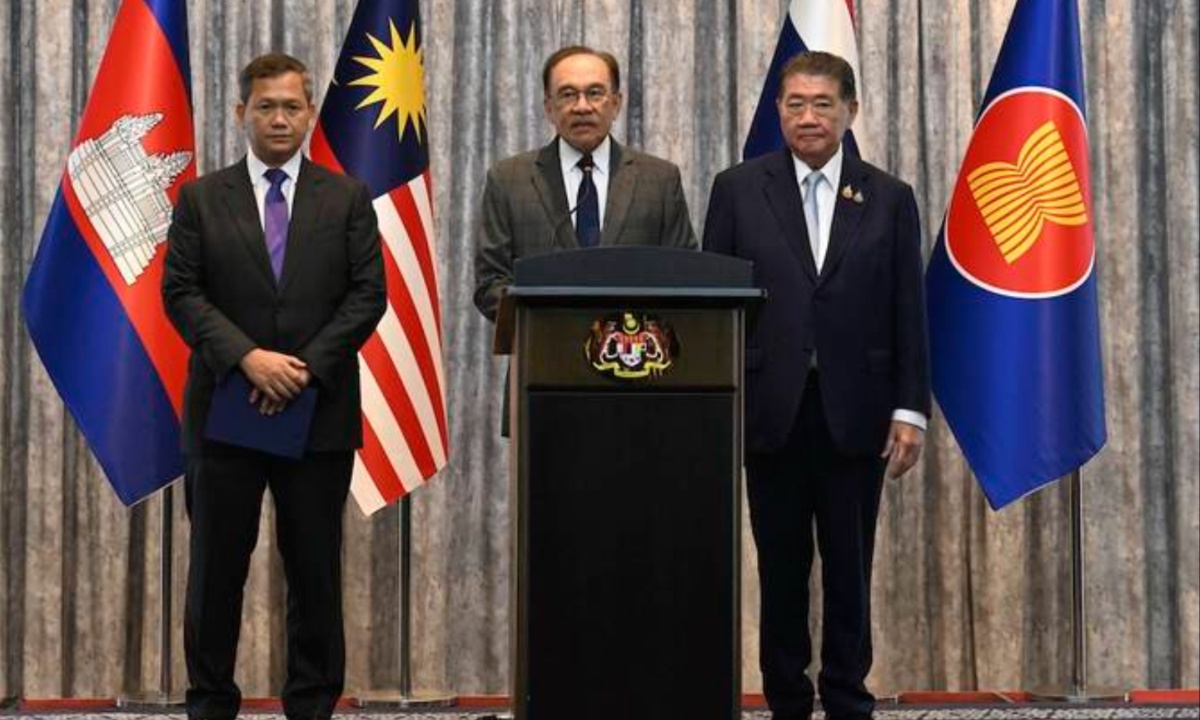
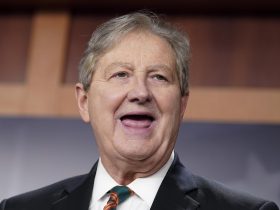




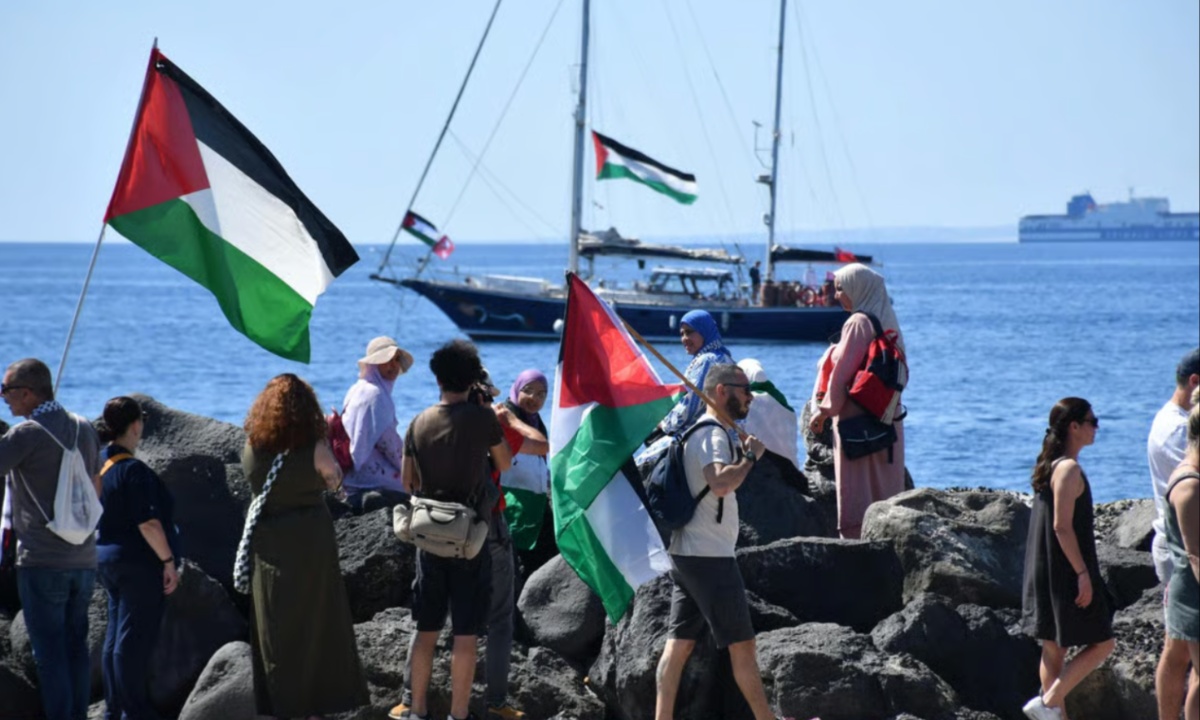
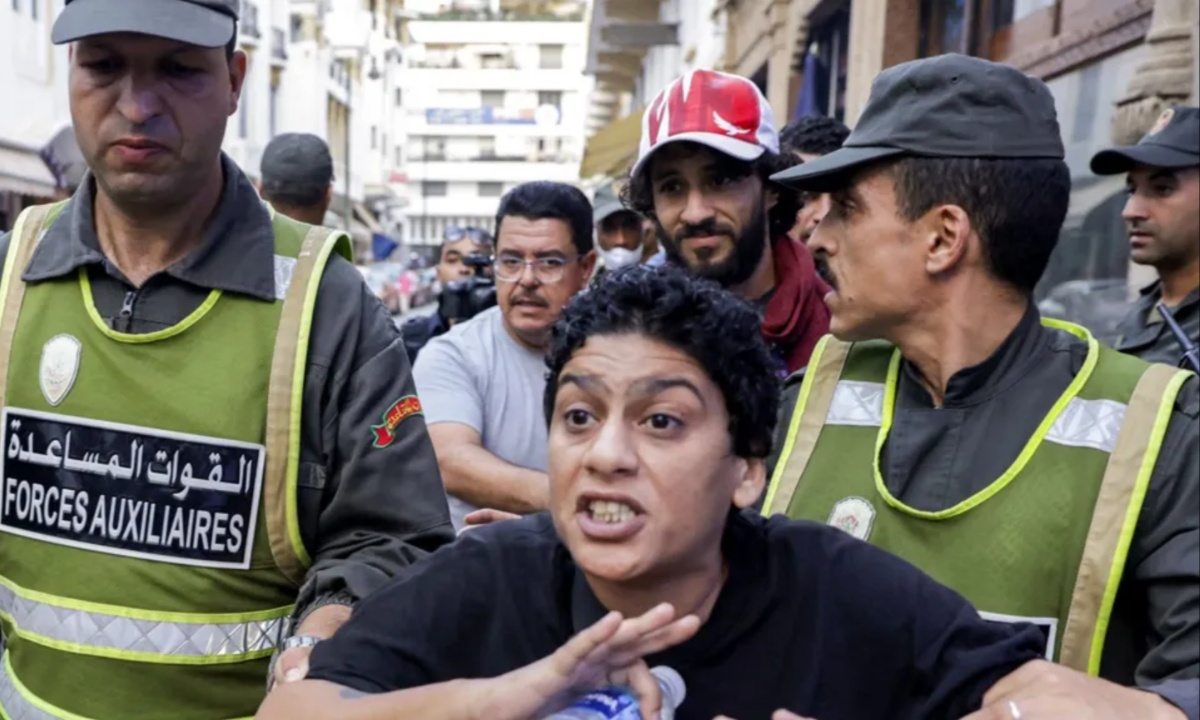
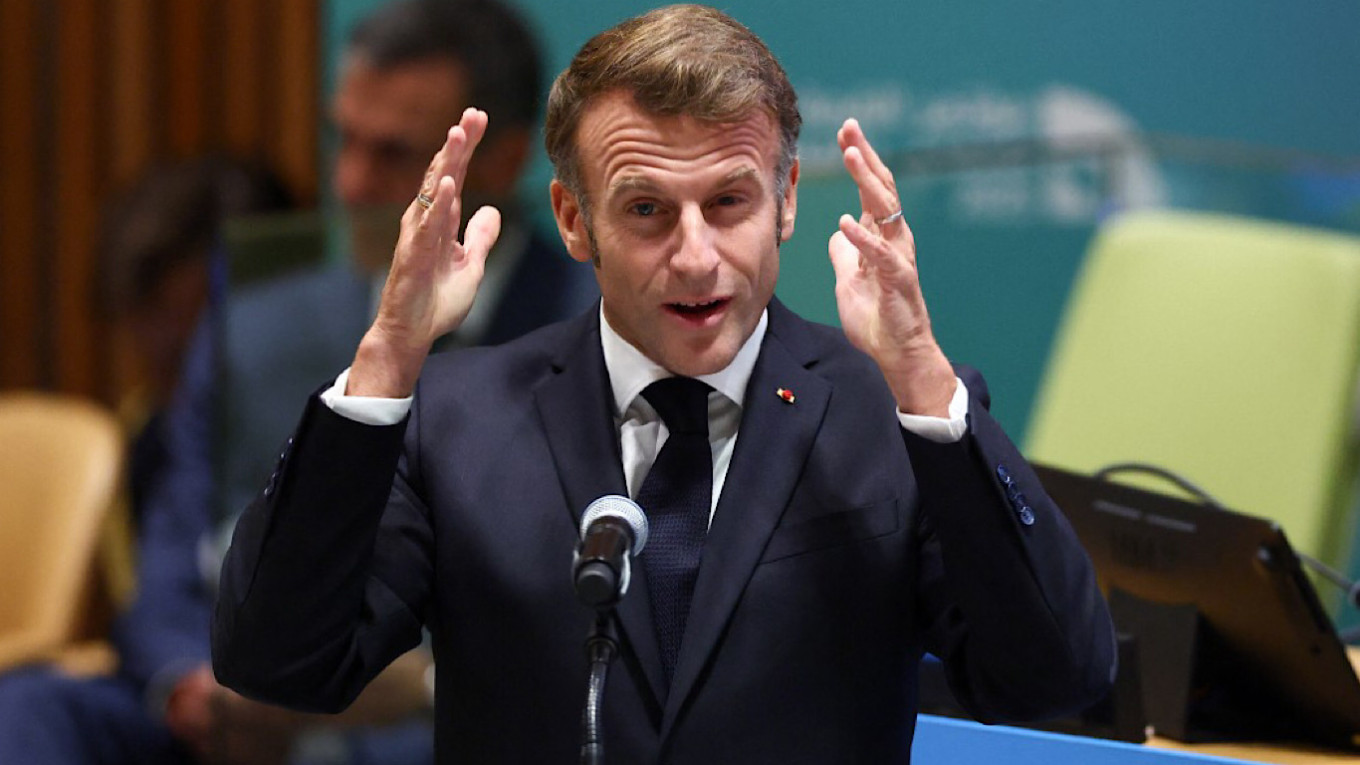
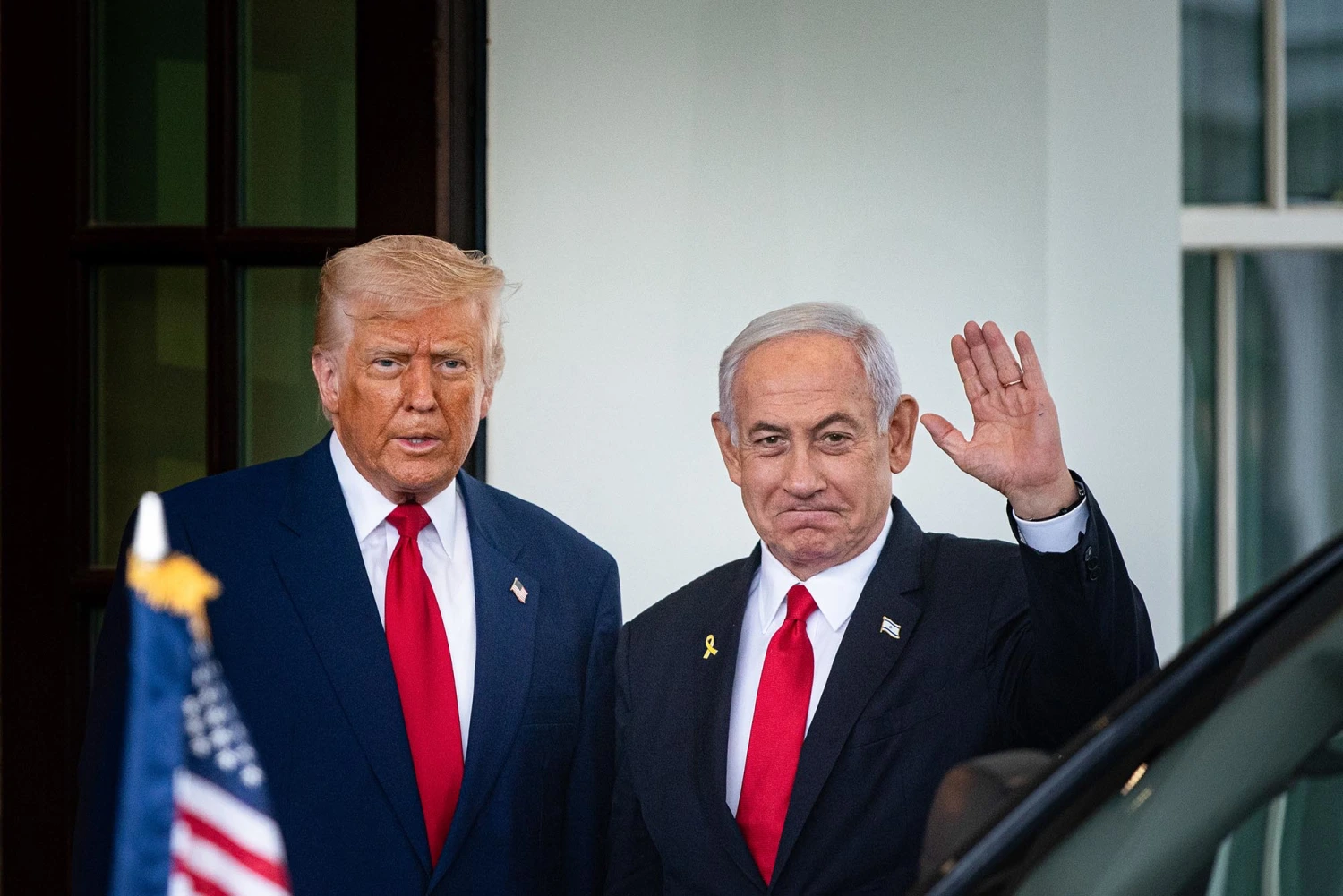
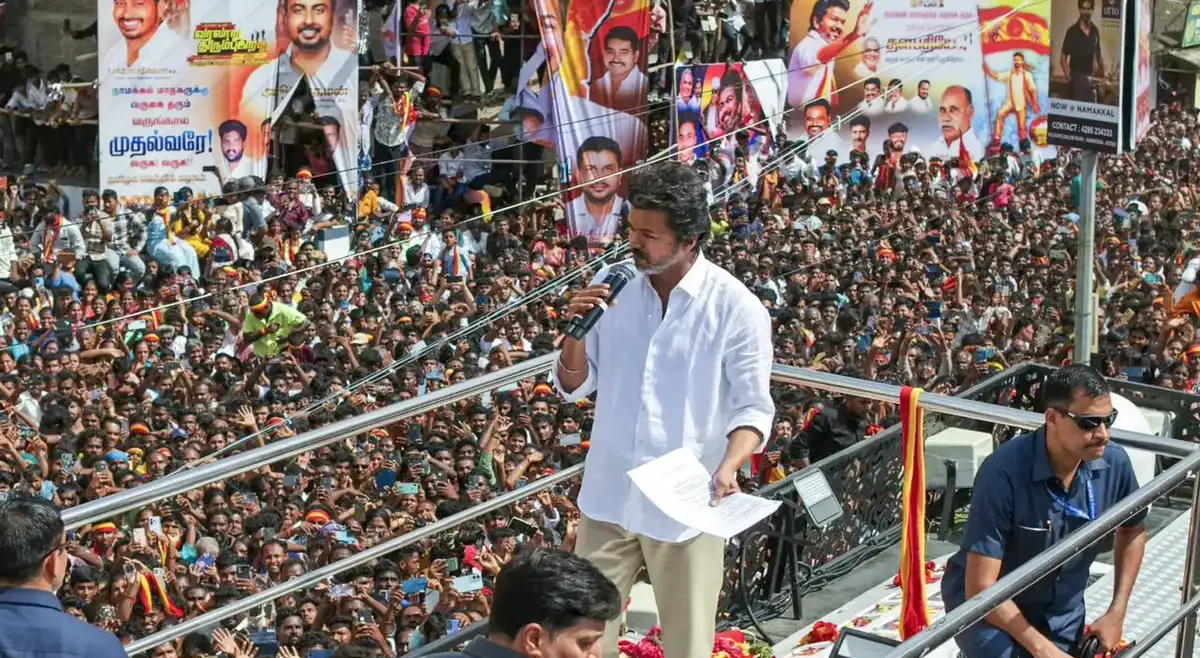
Leave a Reply